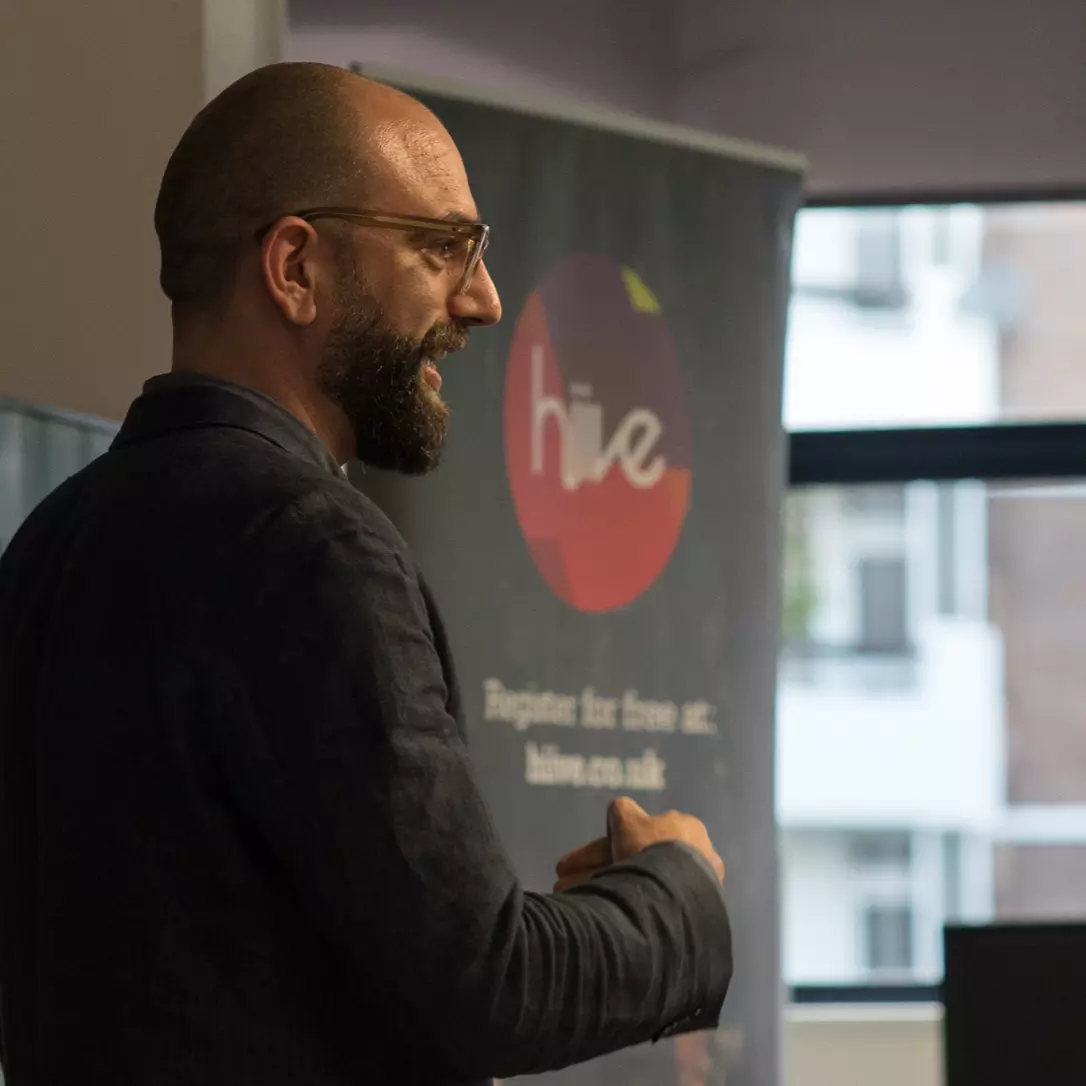Introduction
We were sitting in a project wash-up meeting, reflecting on how challenging the project had been and how none of us honestly expected it to succeed as well as it did. We eventually concluded that the credit belonged to the brilliant project manager the agency had assigned. A couple of beers later—and after all agreeing that we “loved” the PM—we realised that while some destructive projects had good PMs, no great project ever had a bad PM at the helm.
The Challenge
The next day, reflecting on that conversation, I pondered how to help bad PMs become great PMs. It had to be more than mastering Gantt charts and budgets. It had to go beyond saying “yes” to whatever client services or the client wanted.
The Solution
The answer lies in teaching what every great PM instinctively knows: mastering the understanding of consequences. This sounds simple but is essential for becoming a brilliant PM, especially on digital projects.
The Project Management Triangle
Anyone who’s watched Grand Designs has heard Kevin McCloud explain how time, quality, and money are inextricably linked, acting as the three main constraints on any project. Kevin simplifies it: you can have it fast, good, or cheap—pick any two.
- Fast and Good: It won’t be cheap.
- Fast and Cheap: It won’t be the highest quality.
- Good and Cheap: It will take a long time.
This concept is adapted for software projects with the project management triangle, also known as the “triple constraint”:
- Time: The duration available to complete the project.
- Cost: The budget allocated for the project.
- Scope: The work required to deliver the project’s result.
These constraints often compete: increased scope typically means increased time and cost; a tight time constraint can mean higher costs and reduced scope; and a tight budget can mean increased time and reduced scope.
Beyond the Triangle
To help PMs become brilliant, we must demonstrate that digital projects involve more than these three constraints. We need a diagram to show how all elements of a digital project are interdependent, with changes to one affecting all the others. For this, we can borrow from McKinsey’s 7S Framework.
The Interdependent Elements
The project management triangle remains central, but so do the other interdependent elements: scope, complexity, integration, and the technical stack. The project manager must understand that altering one element impacts all the others. What may seem like a minor change—unworthy of a formal change request—can have unforeseen consequences. The PM must articulate this immediately, not later, when the client assumes tacit agreement.
The Proverbial Nail
This situation reminds me of the proverb “For Want of a Nail.” The client wants to add a small, simple feature (scope), which necessitates a new JavaScript library (technical stack). The new library doesn’t work in all required browsers, necessitating a workaround (complexity), which, in turn, requires more testing (quality).
All this demands extra time and money—both in short supply. What seemed like a simple addition could jeopardise the entire project.
The PM’s Role
A PM doesn’t need to know precisely how every change request will impact the project; it just needs to know that it might. Being a digital project manager is one of the most challenging jobs in any agency. However, having a brilliant PM makes the project more enjoyable for creatives, developers, client services, and especially clients.
Conclusion
Because we understand the importance of having a brilliant PM, Cohaesus is developing a short workshop for agency PMs. We hope it will help them help us deliver even better projects.
Share this article

Contact us to discuss how experience-led tech can make your digital work harder
Get in TouchRelated articles

Blog
6 Things Successful Freelancers Don’t Say
By Cohaesus. Apr 29, 2015

Blog
5 questions to ask before choosing your technical partner
By Cohaesus. Apr 05, 2016

Blog
7 Simple A/B Test Ideas to Start With
By Cohaesus. Sep 29, 2025

Blog
The Cohaesus Guide to Replatforming Your E-commerce Solution
By Cohaesus. Sep 29, 2025
